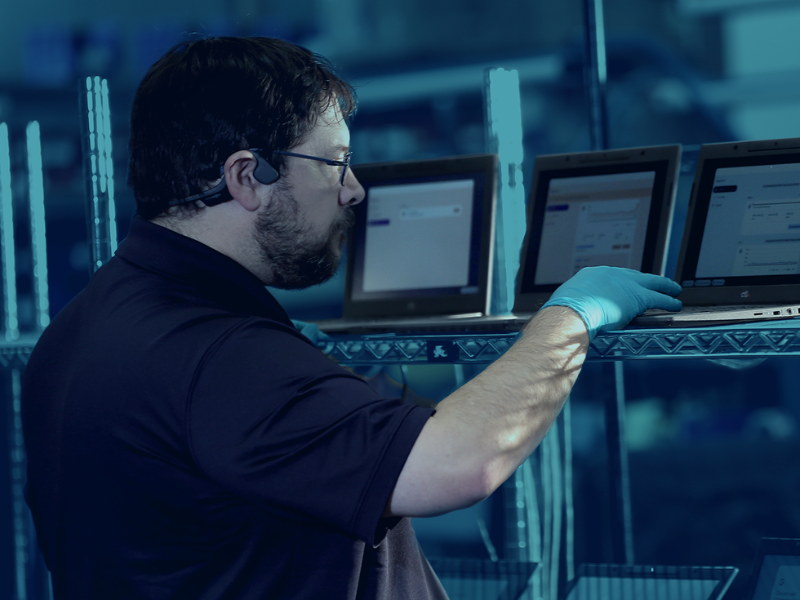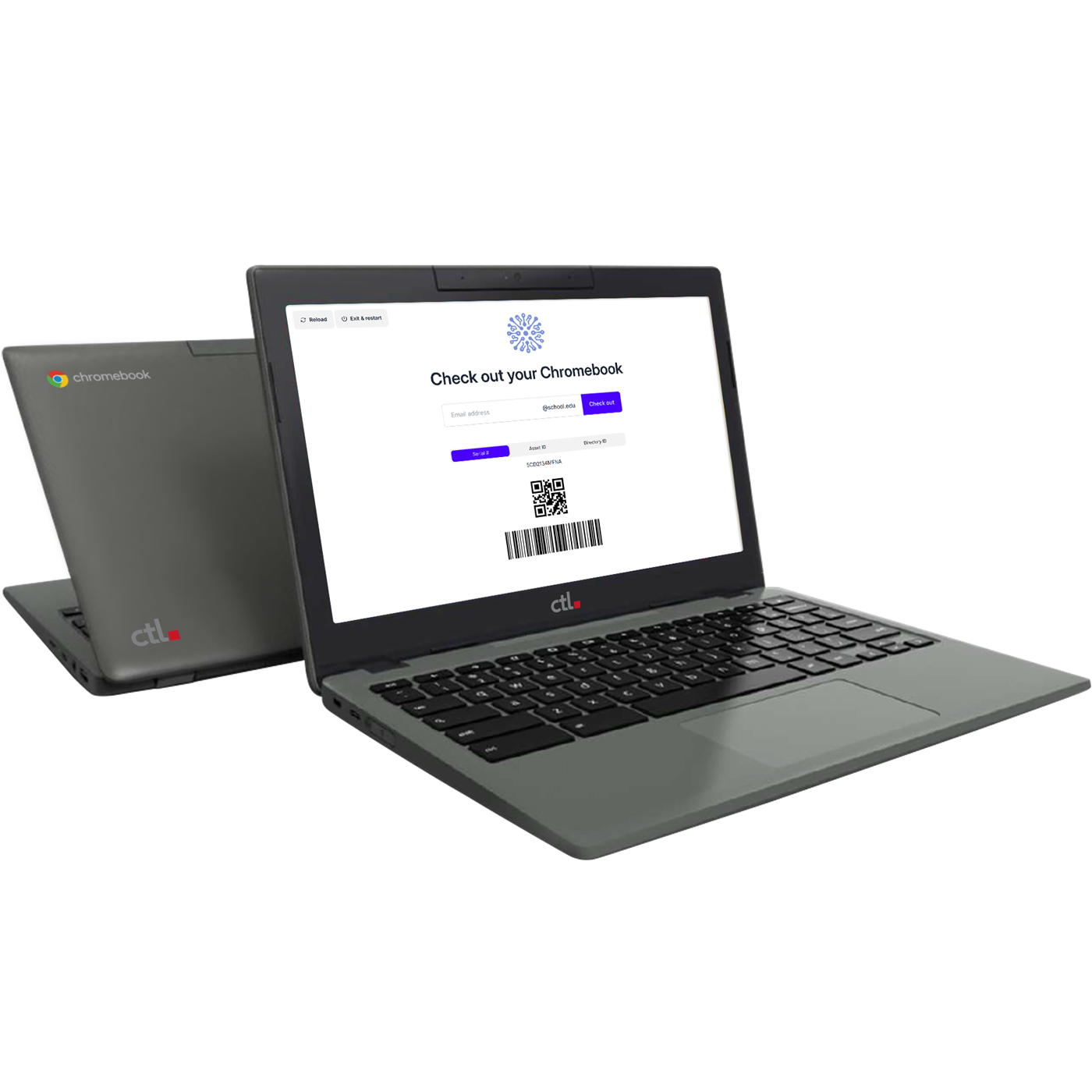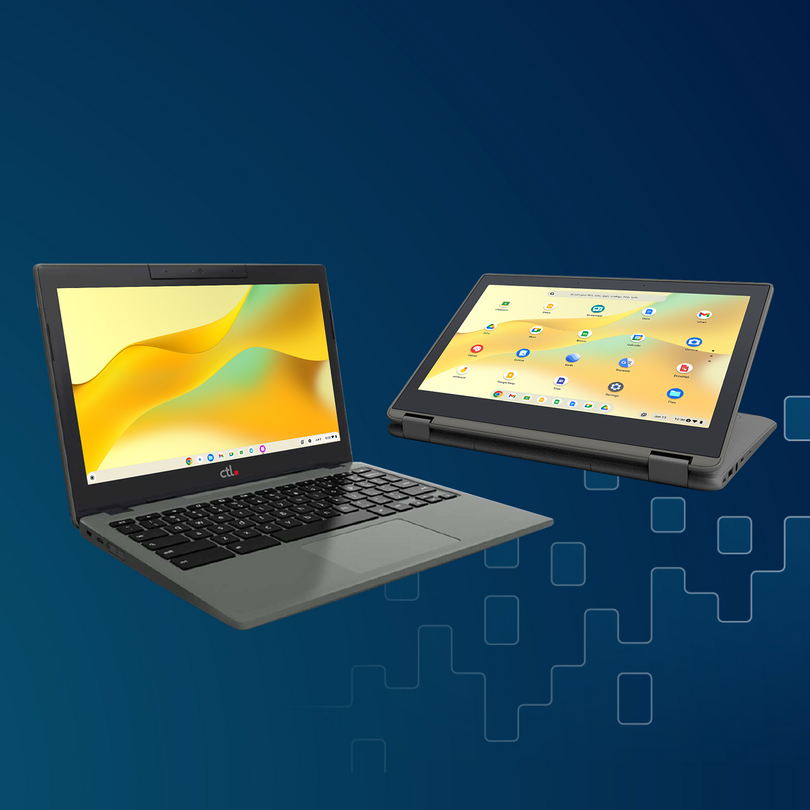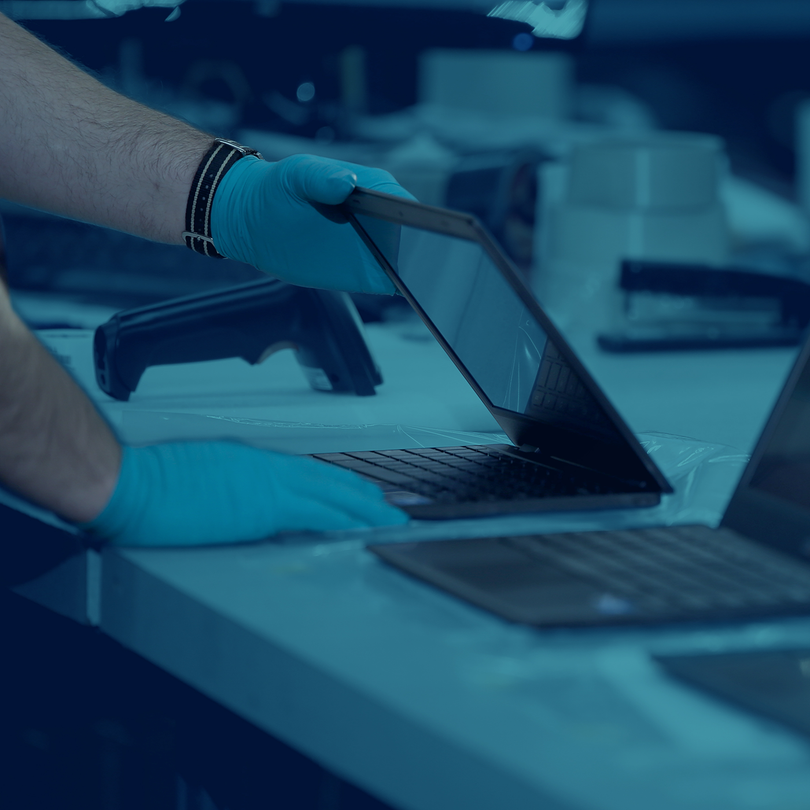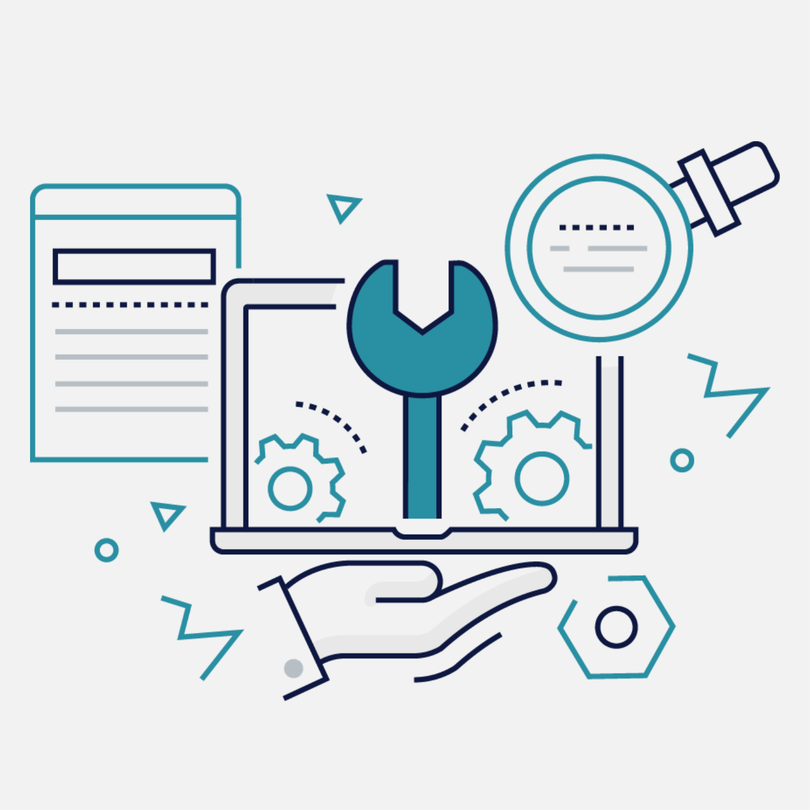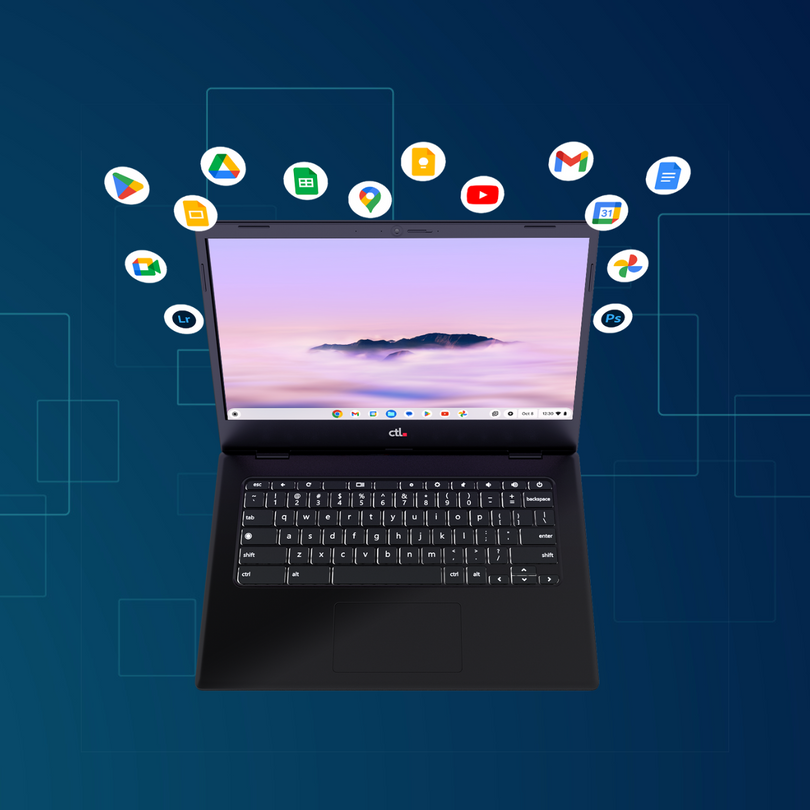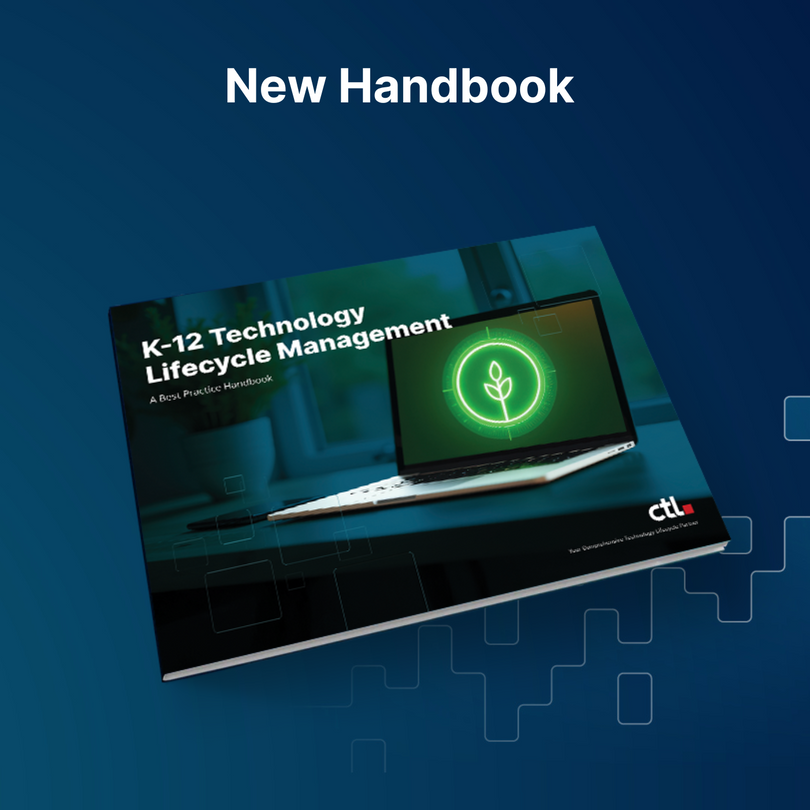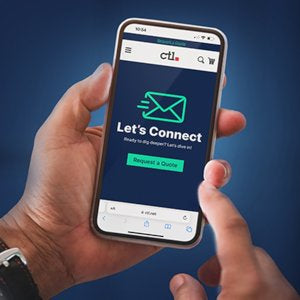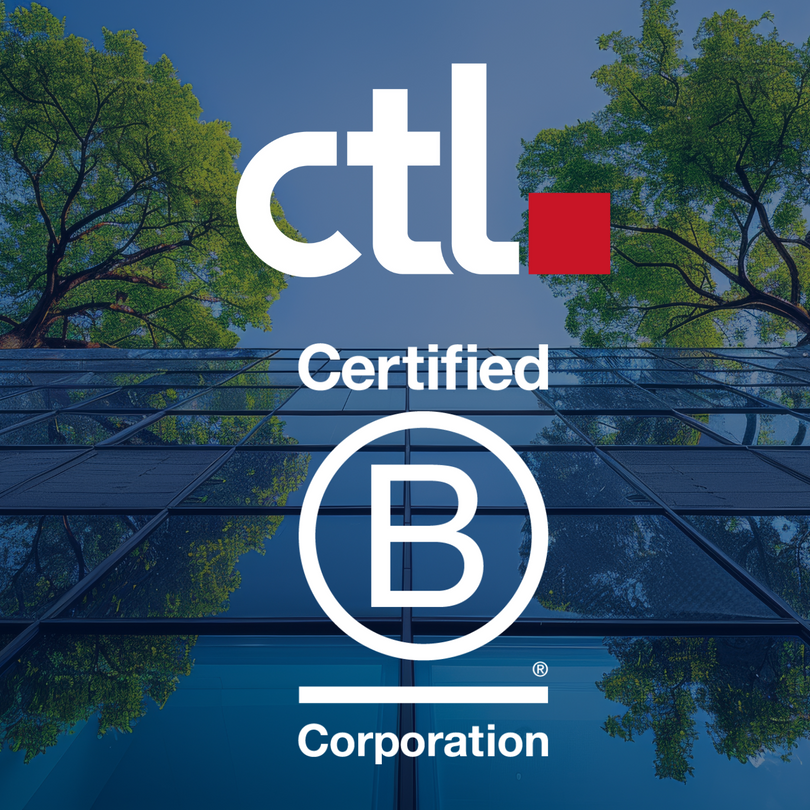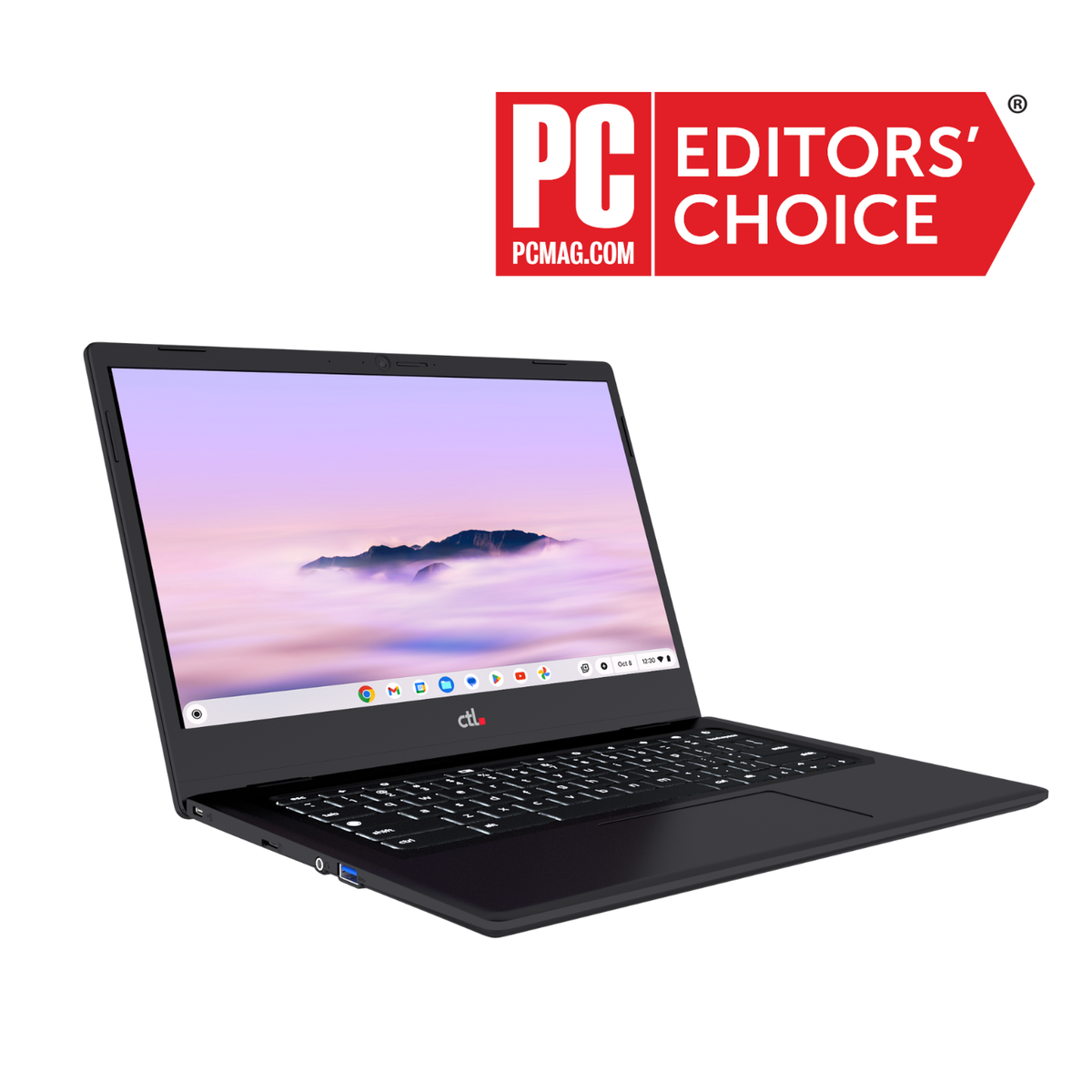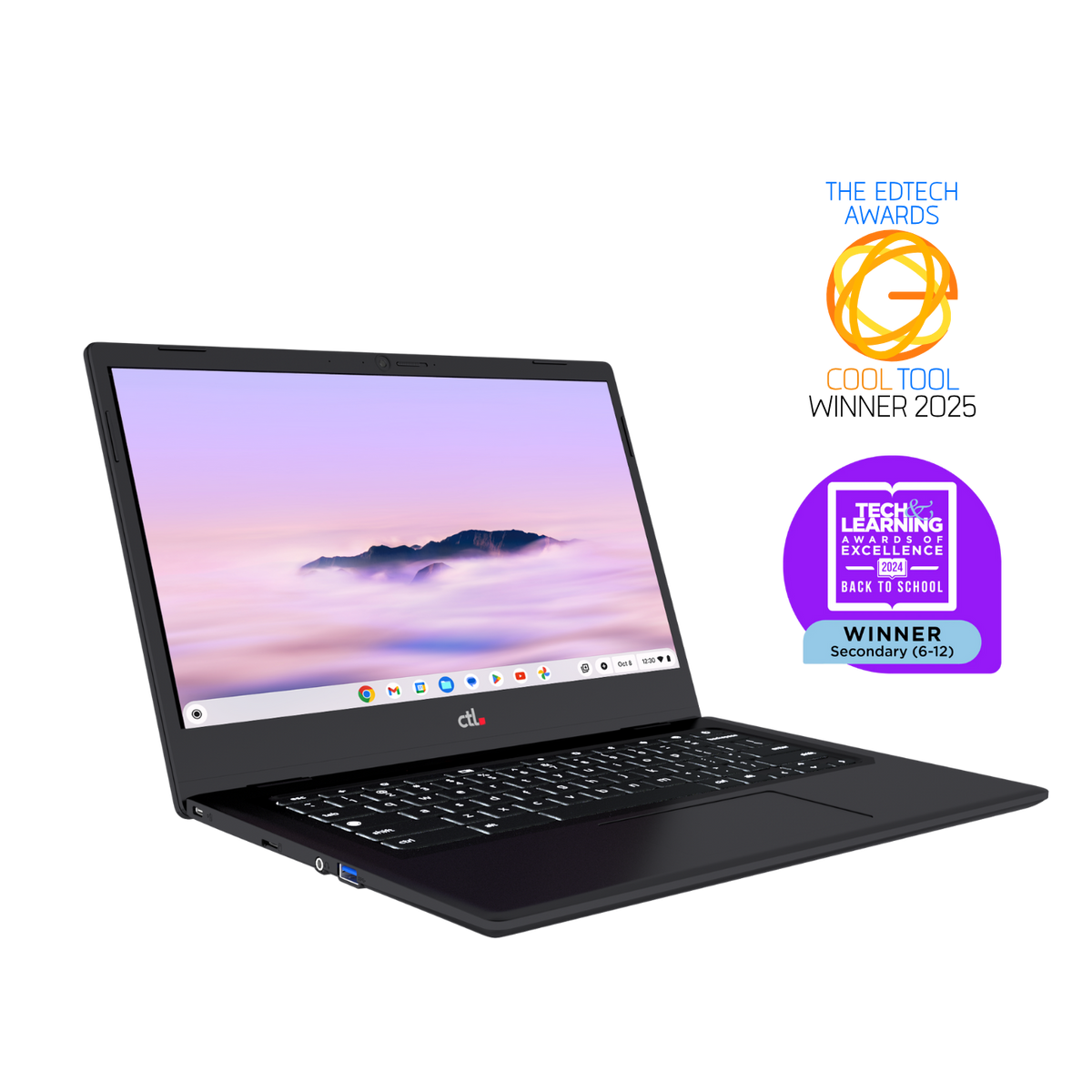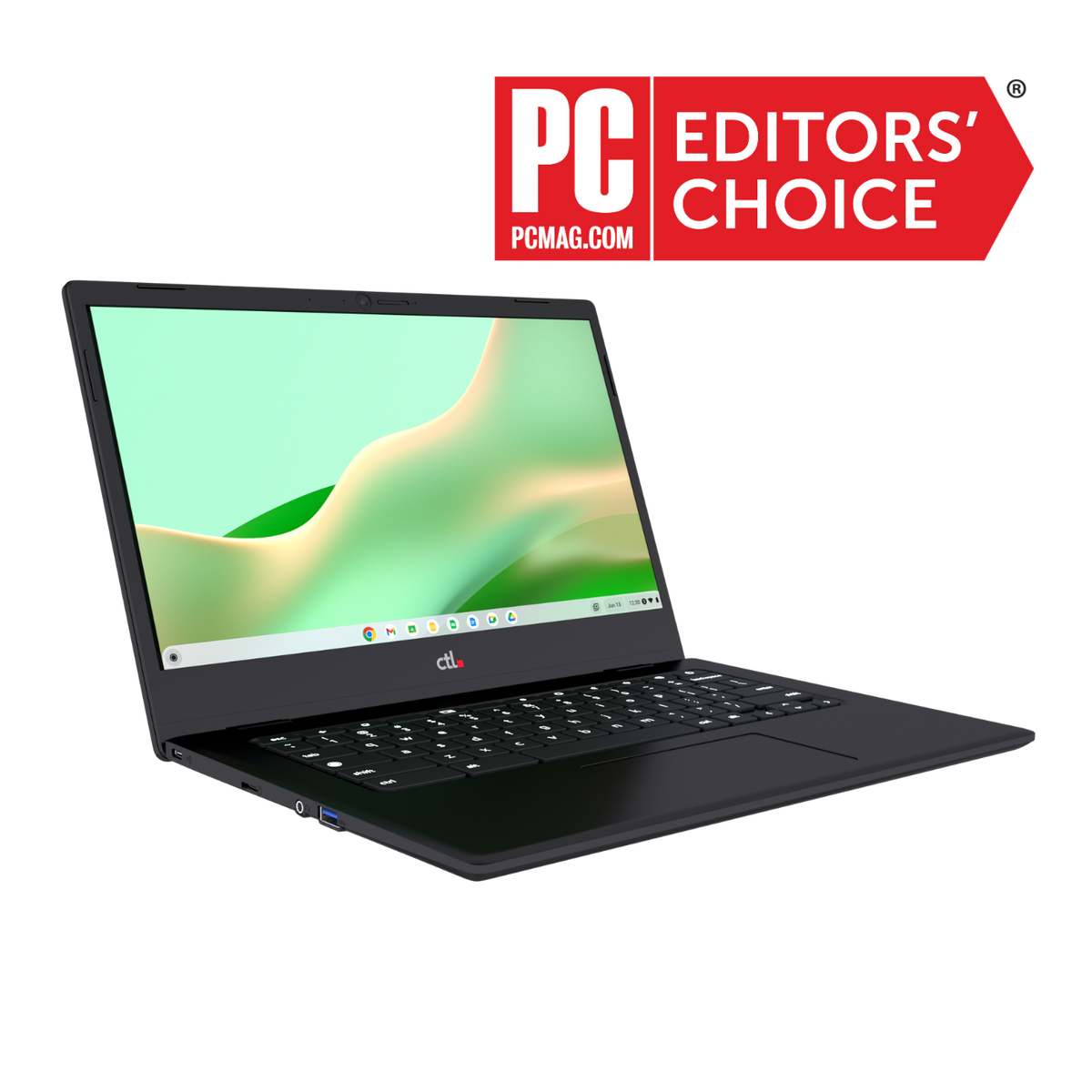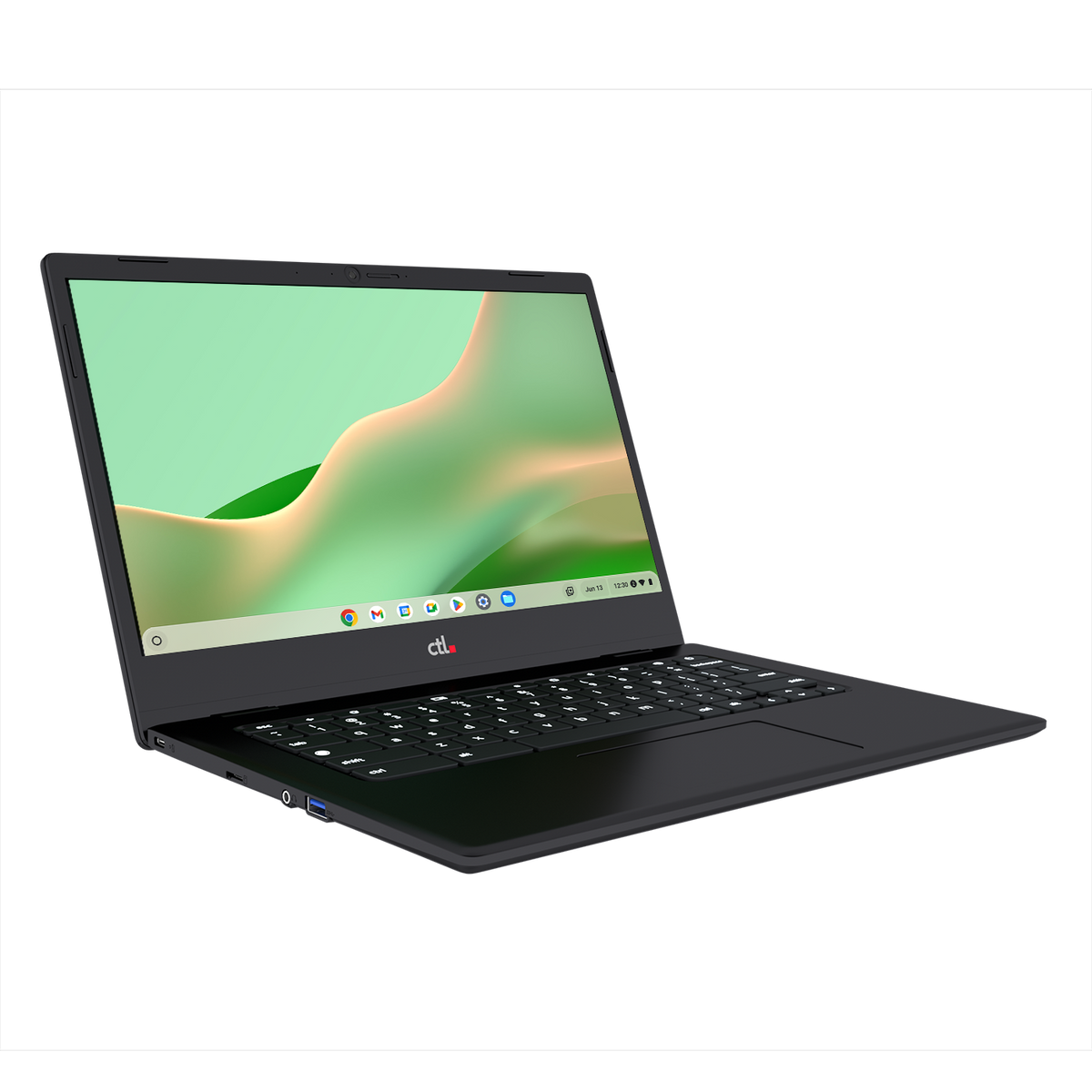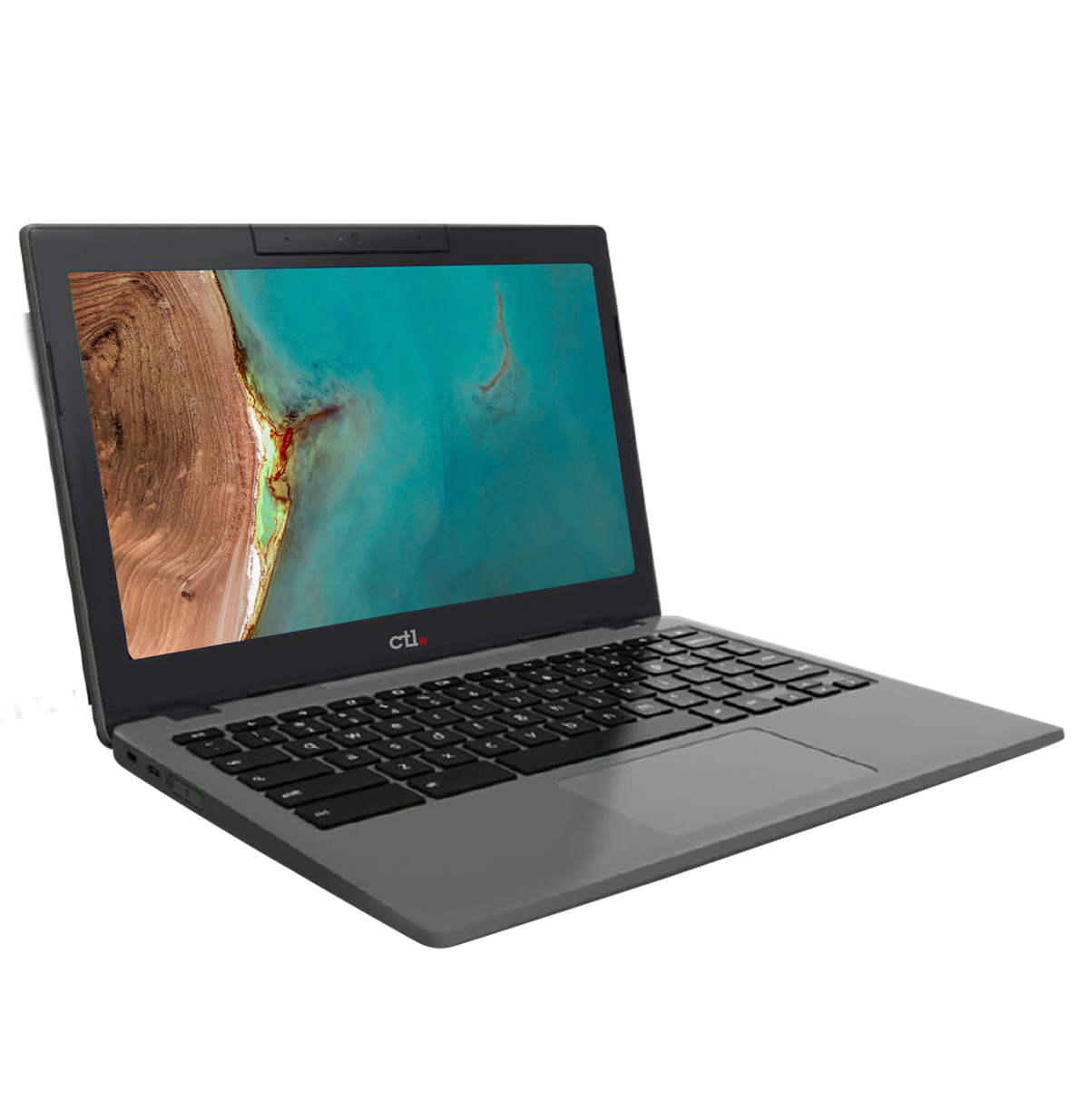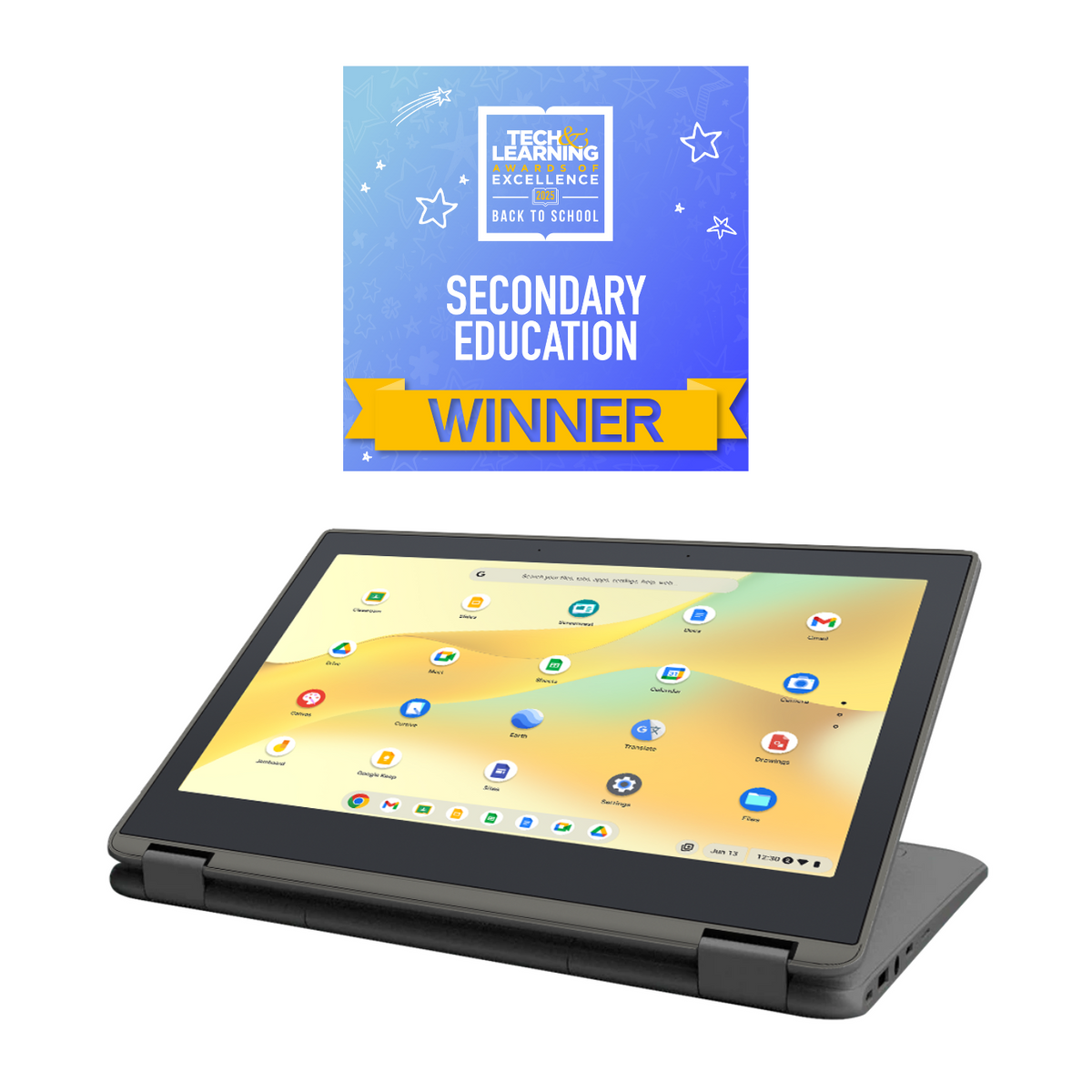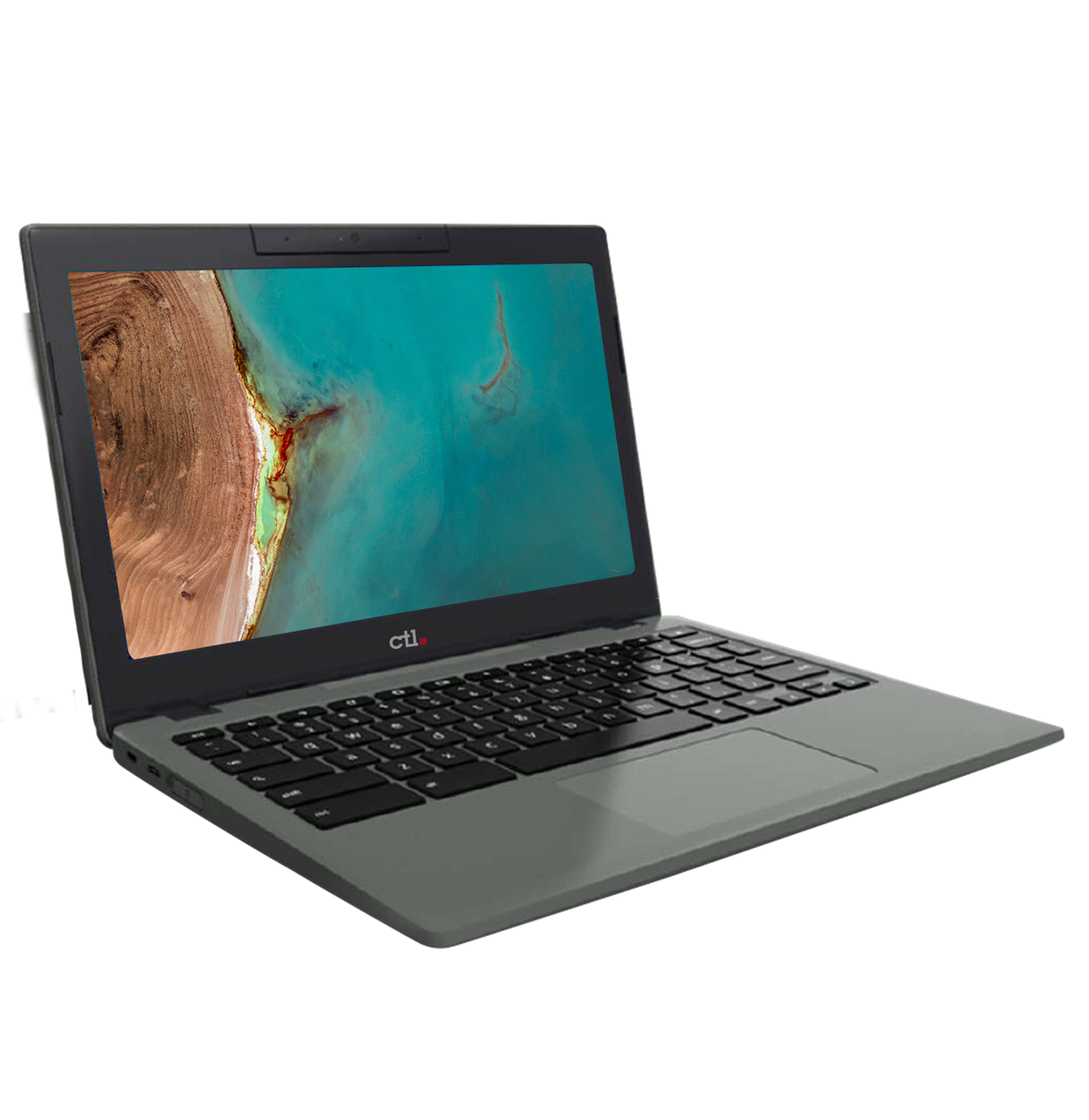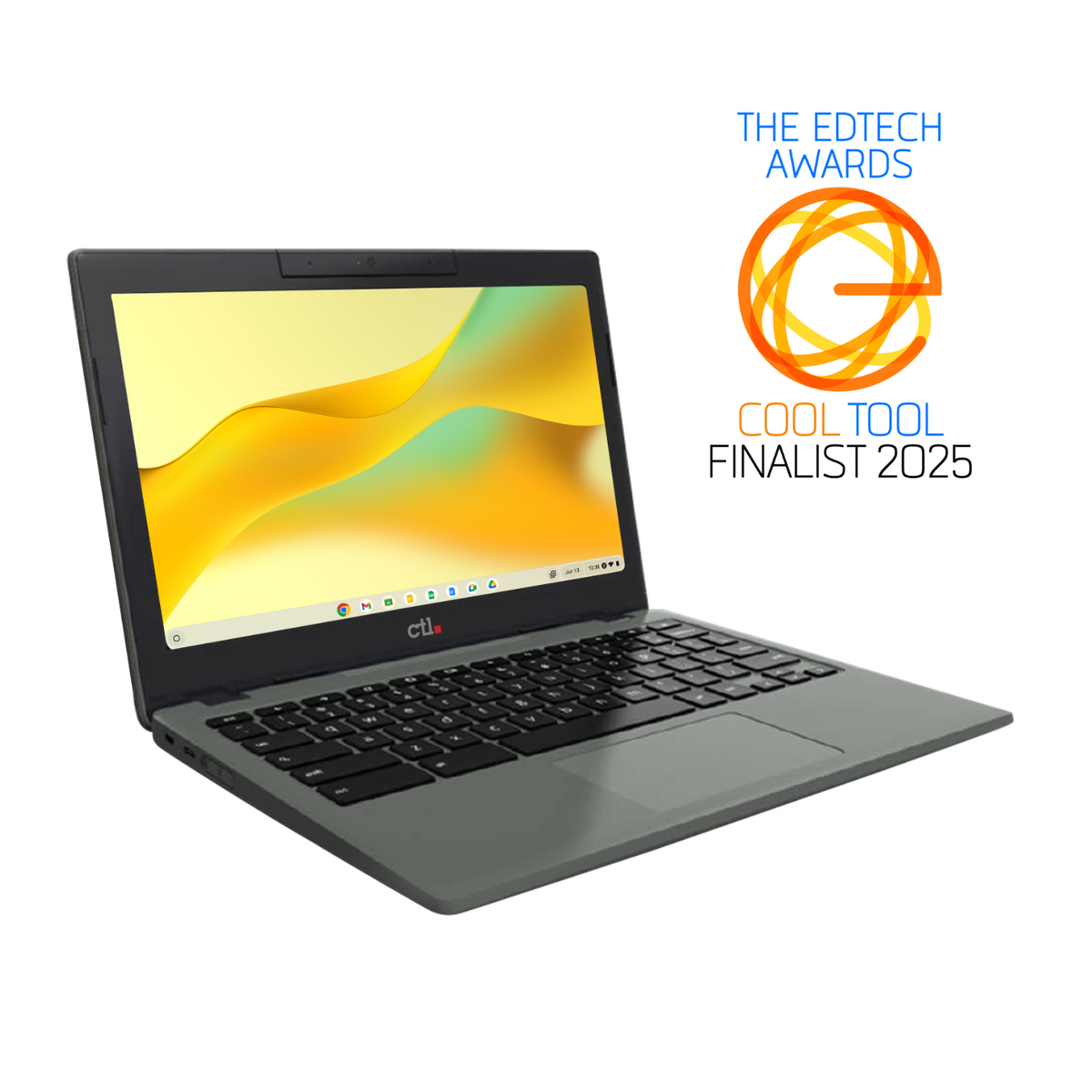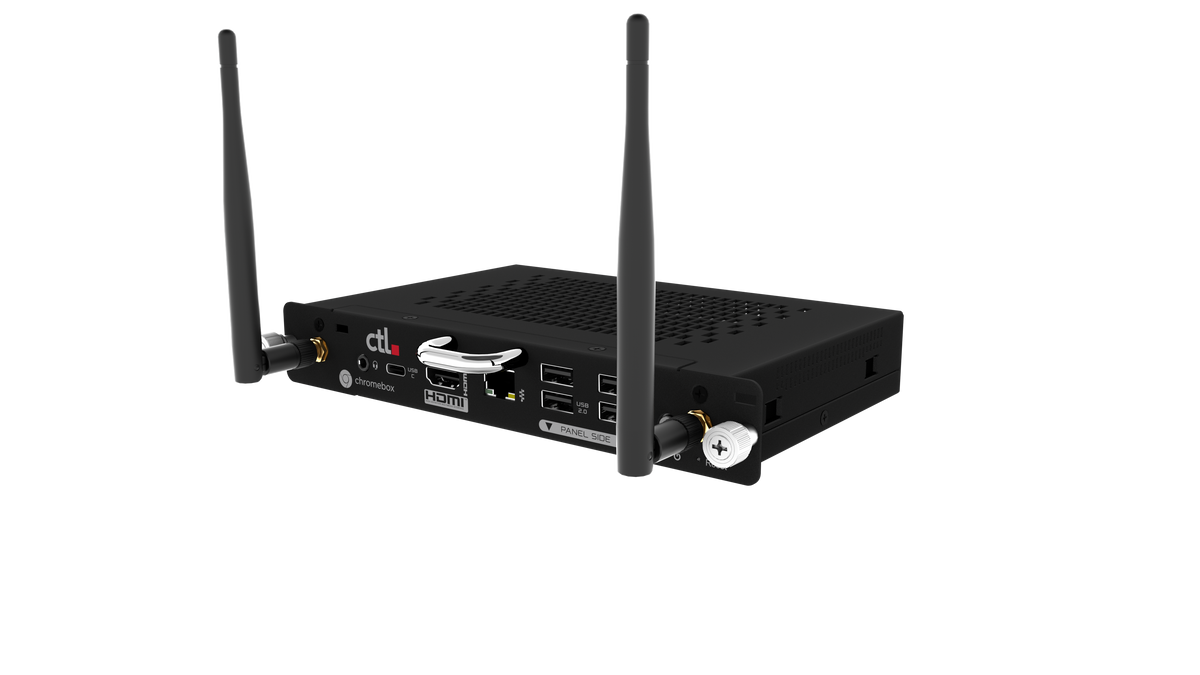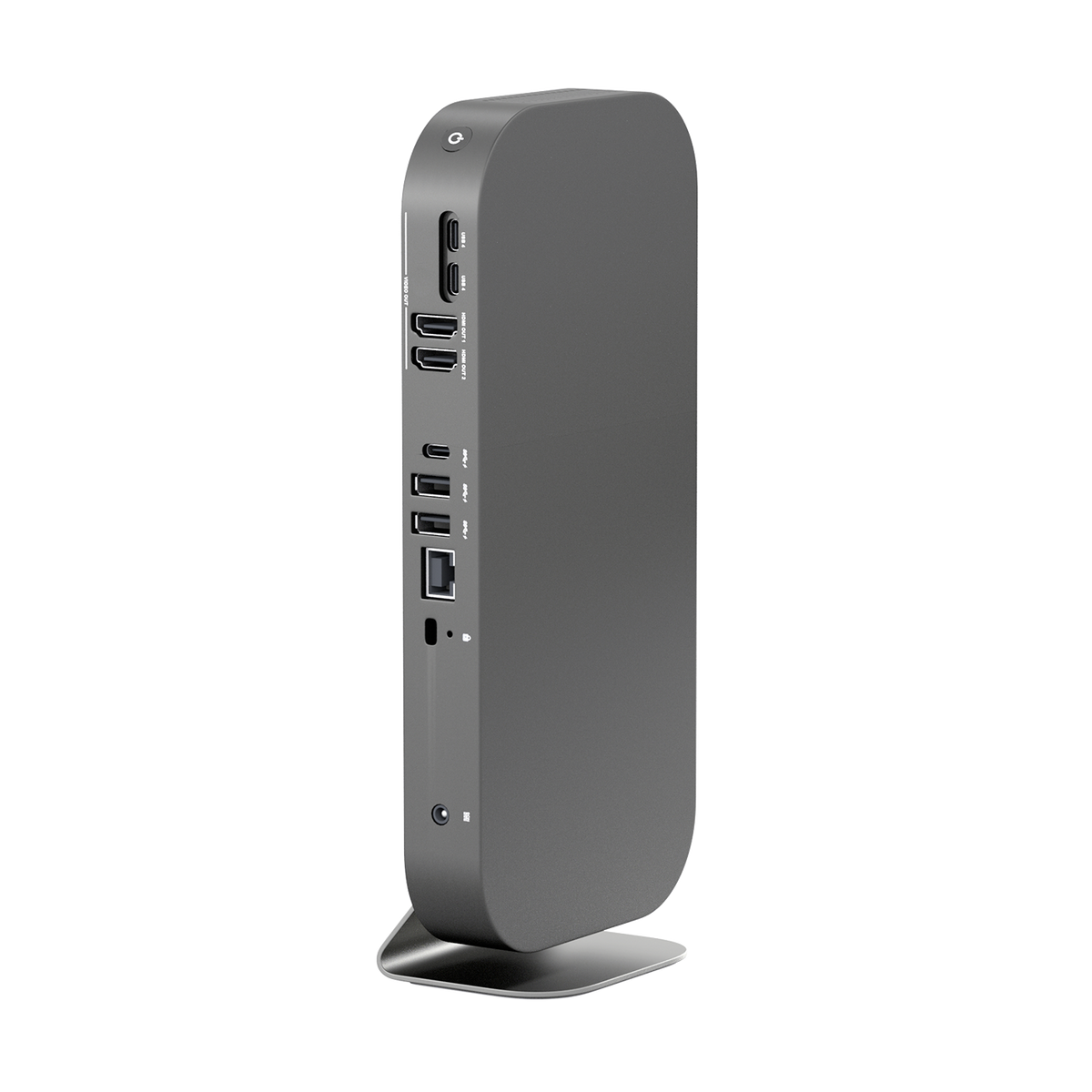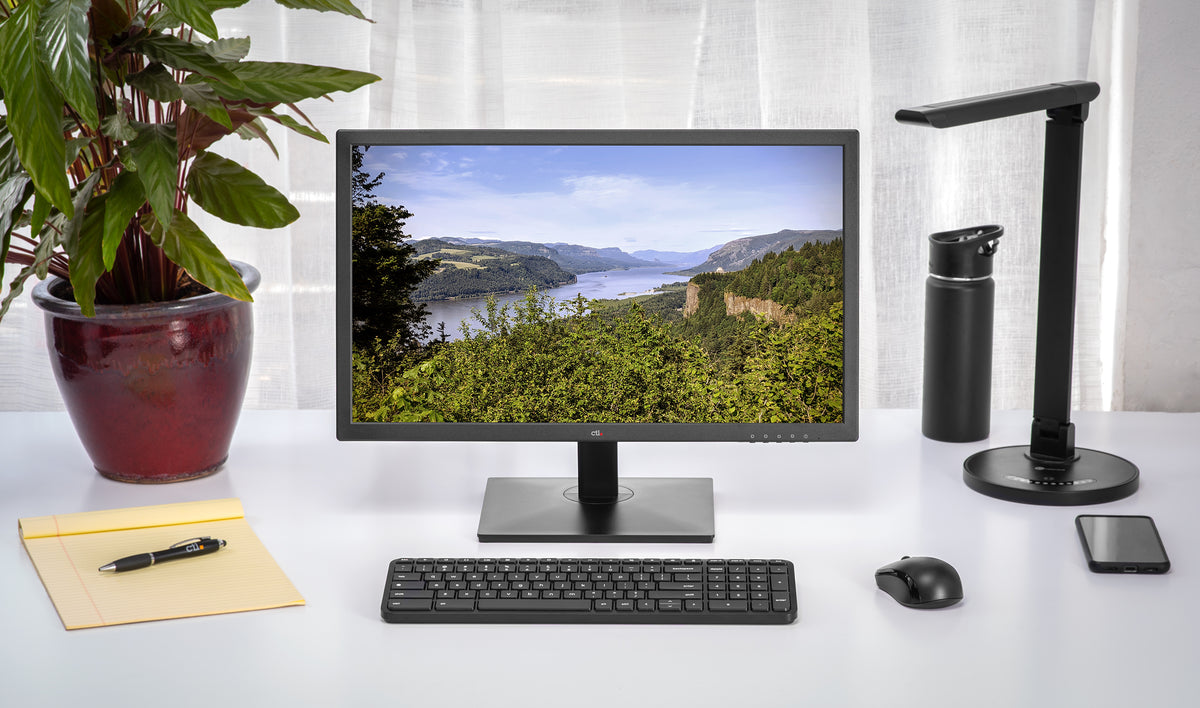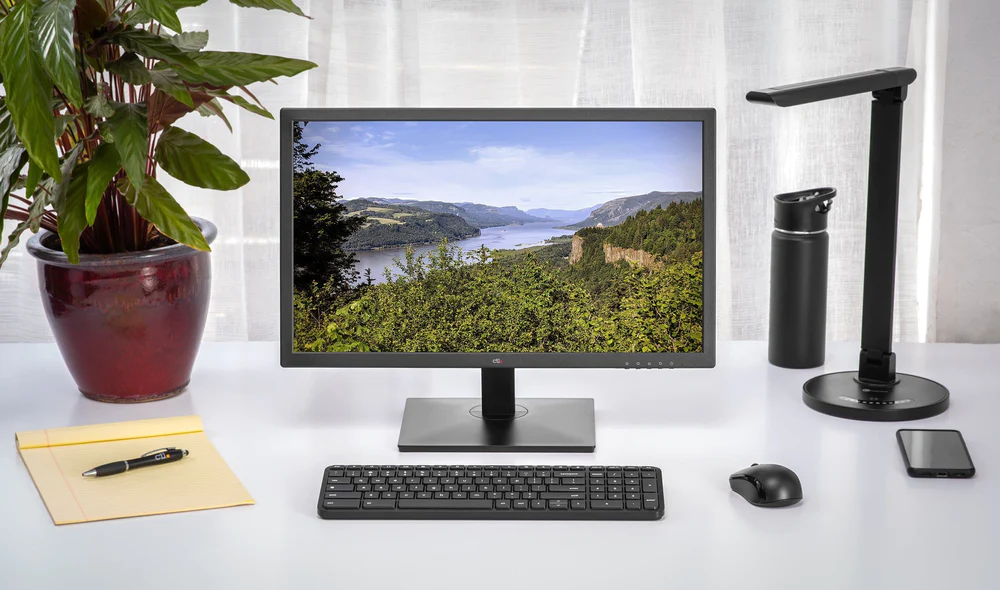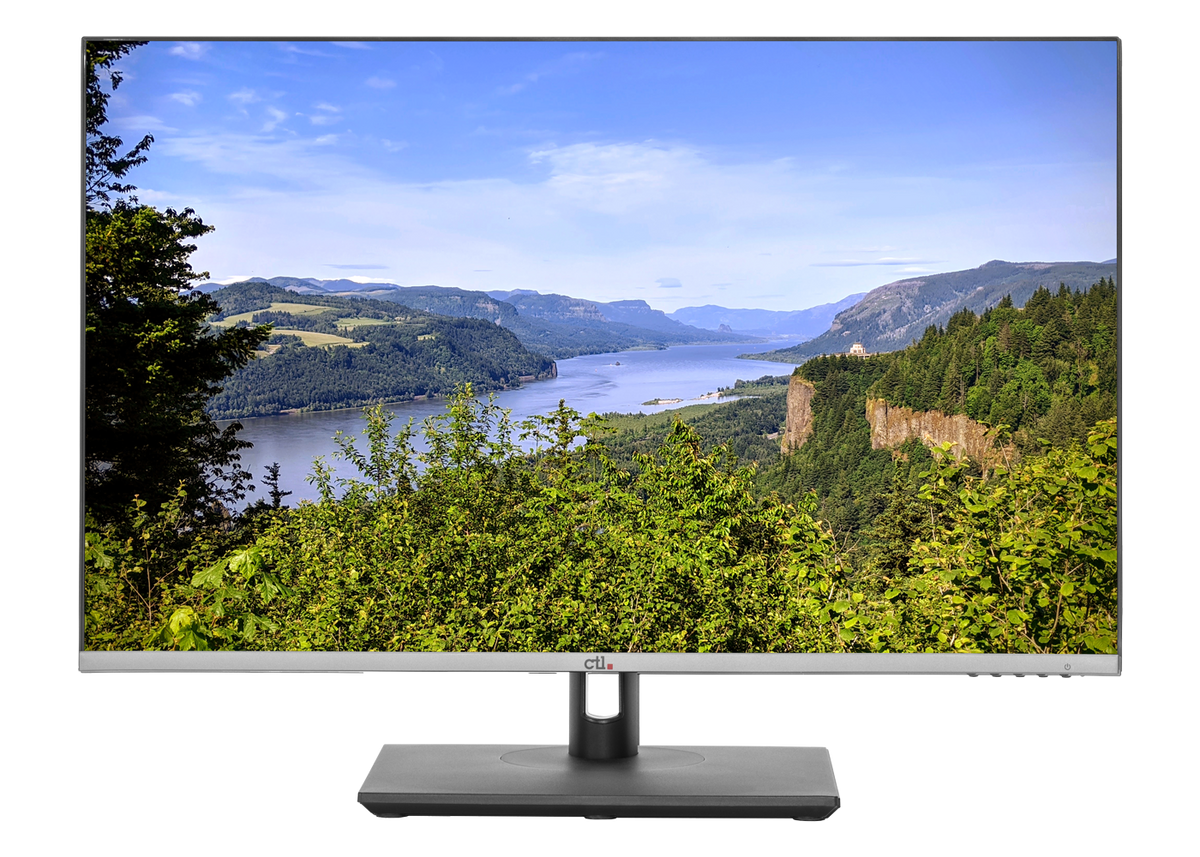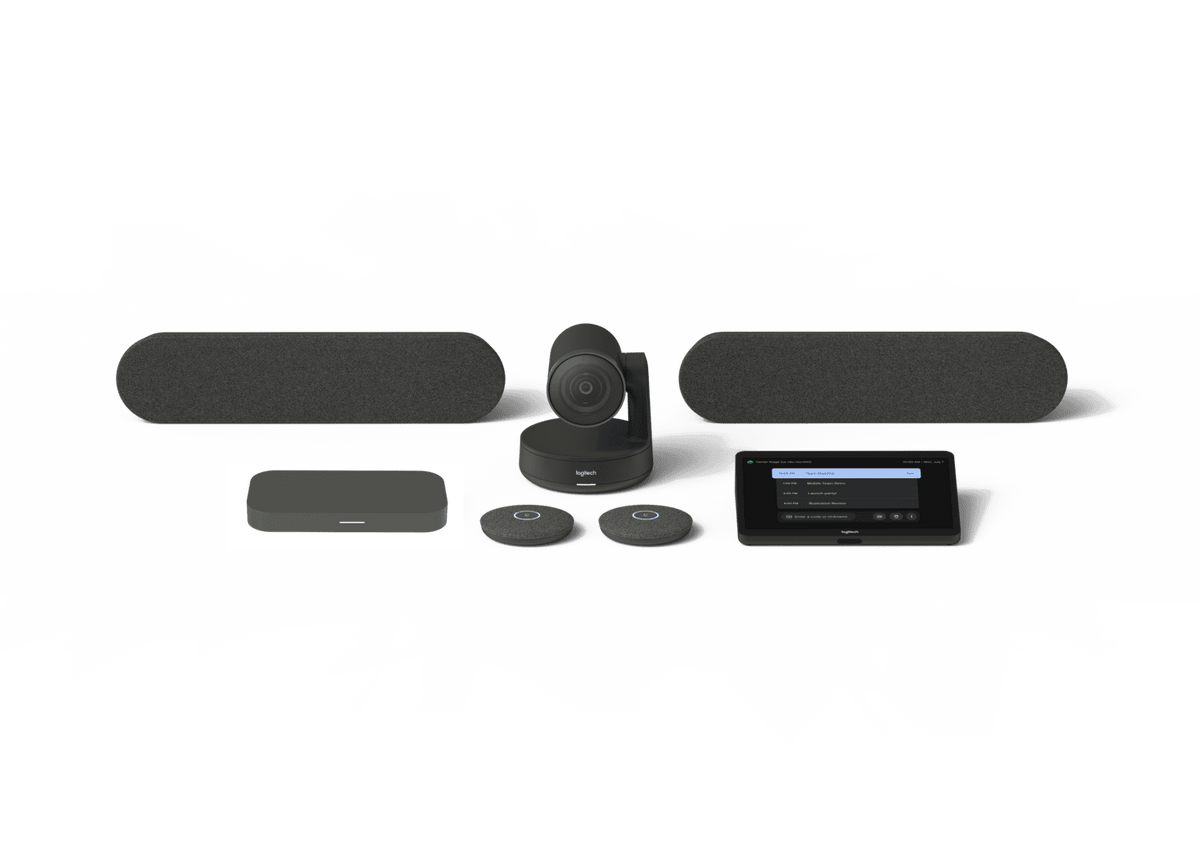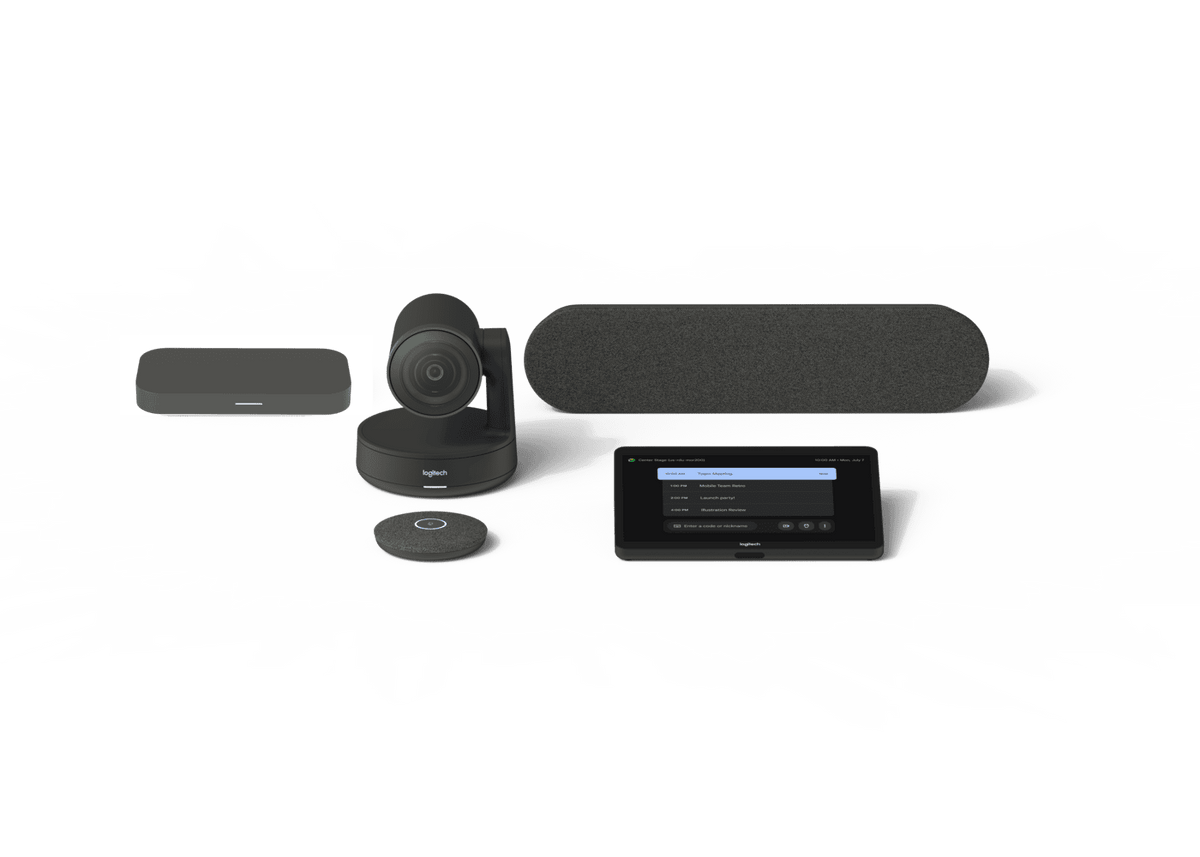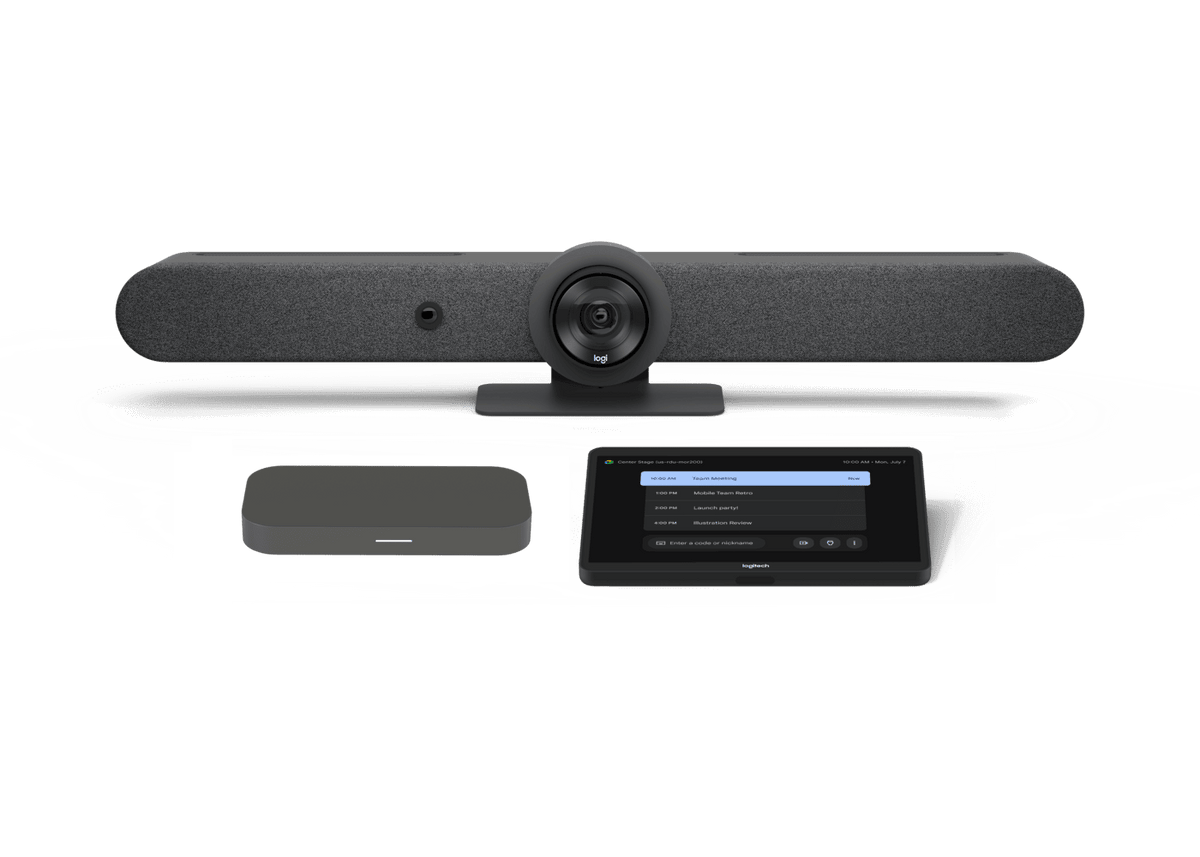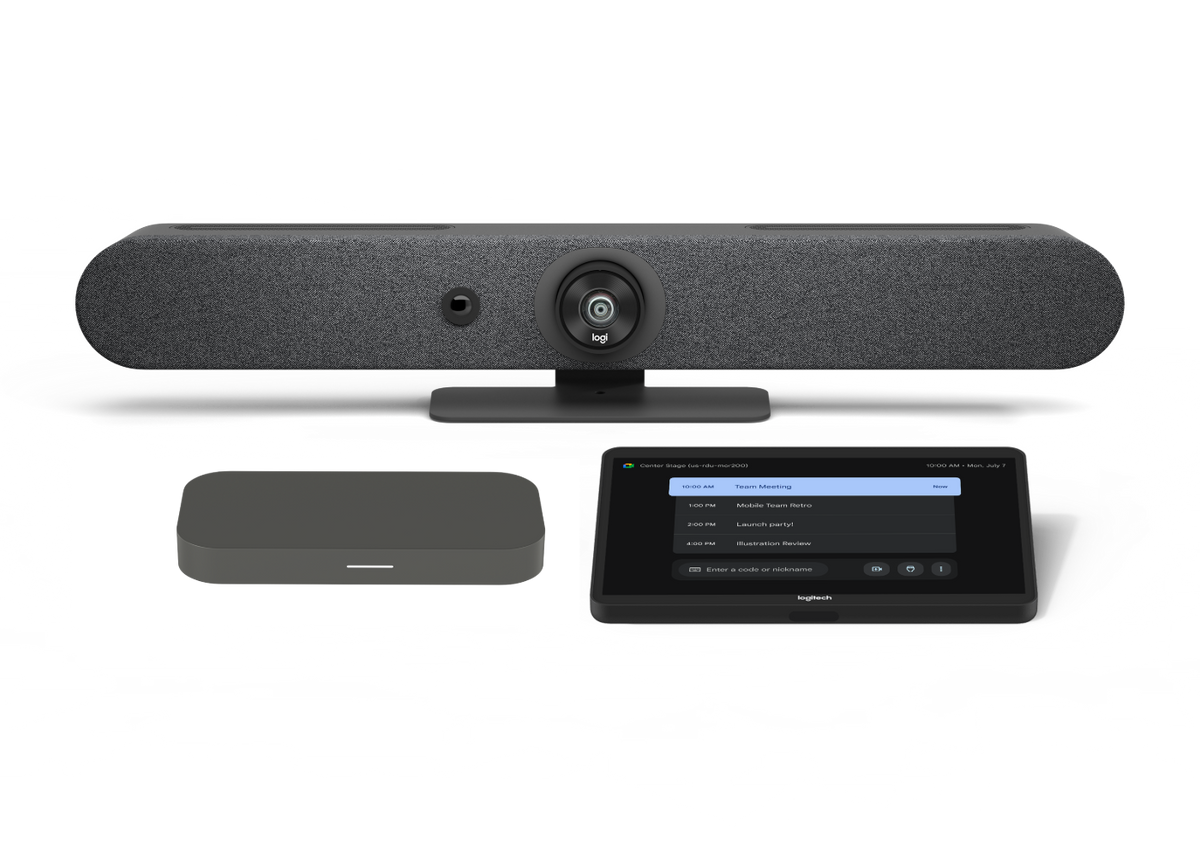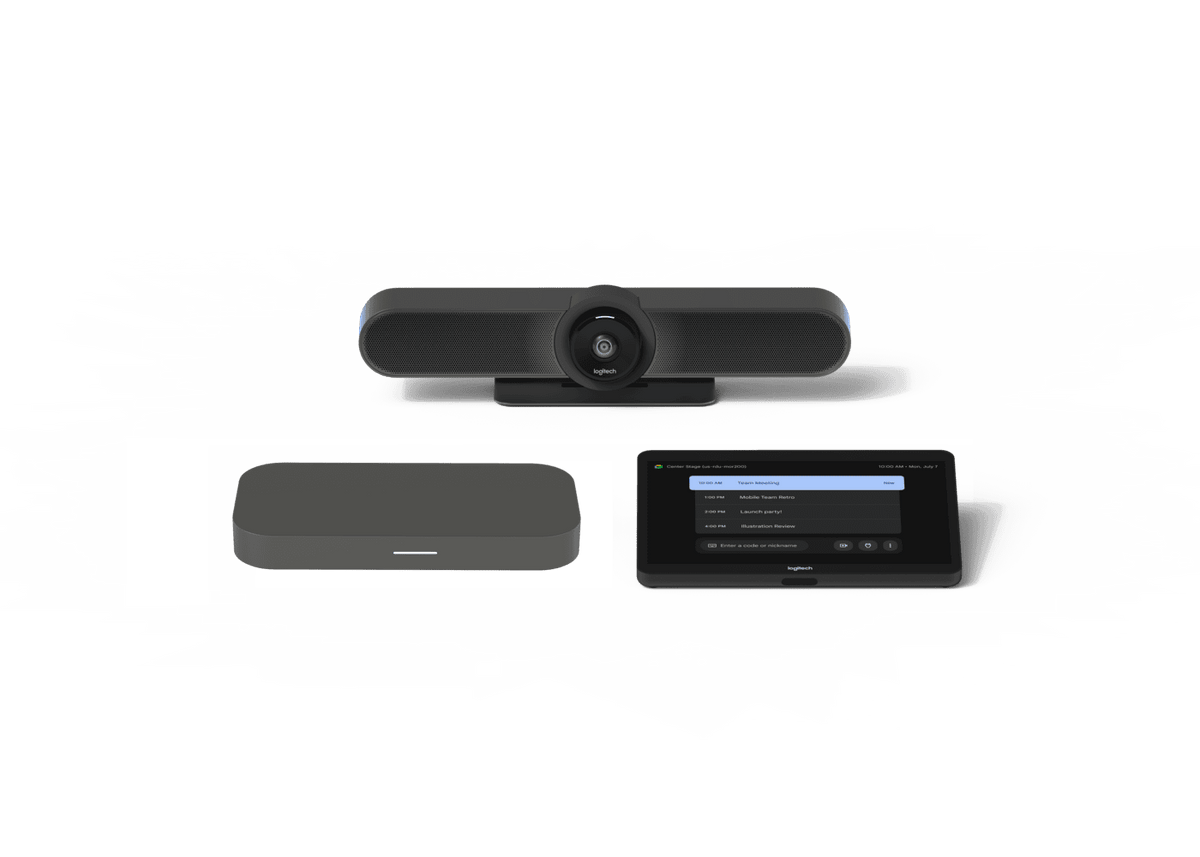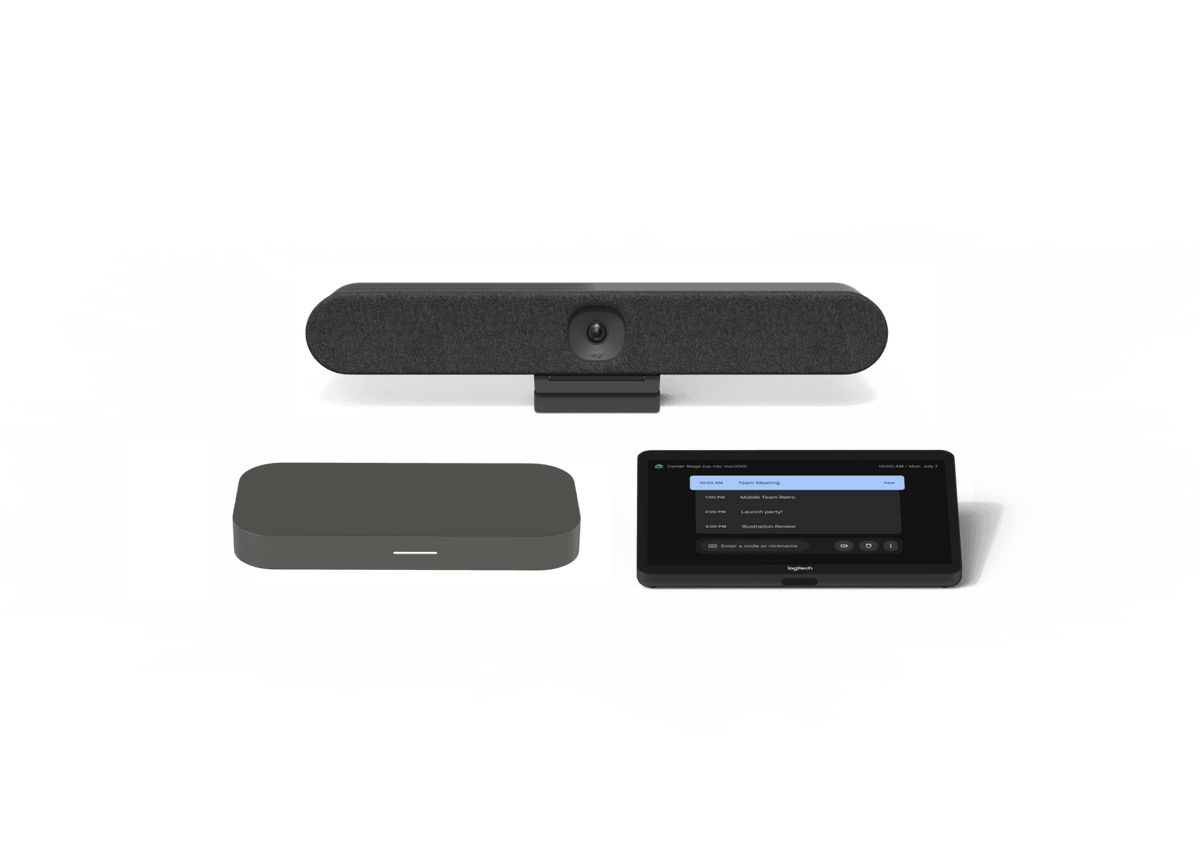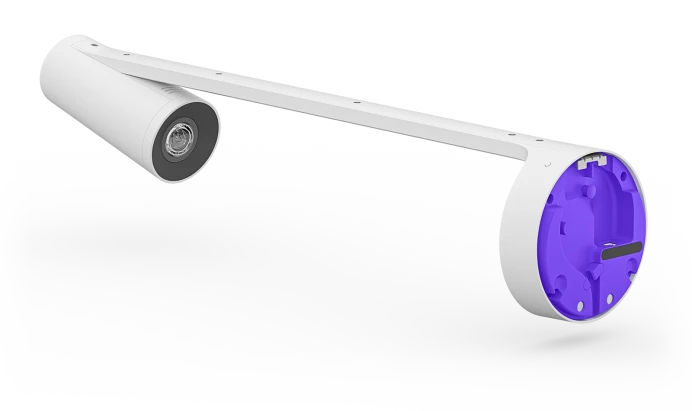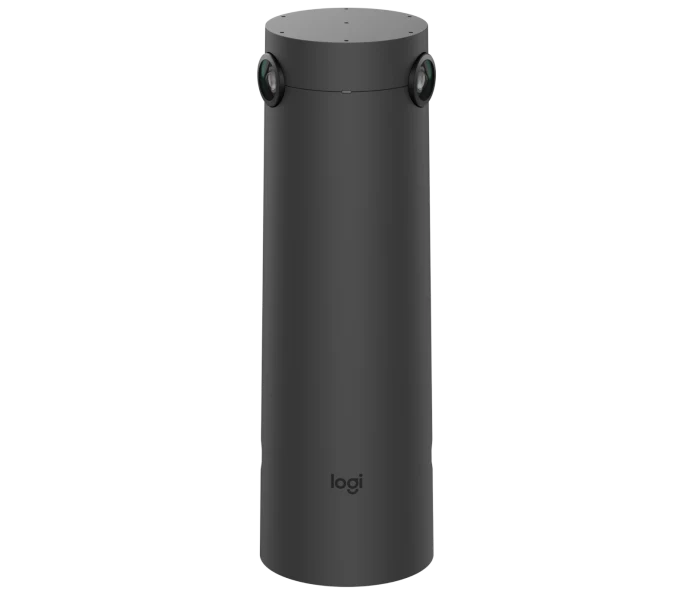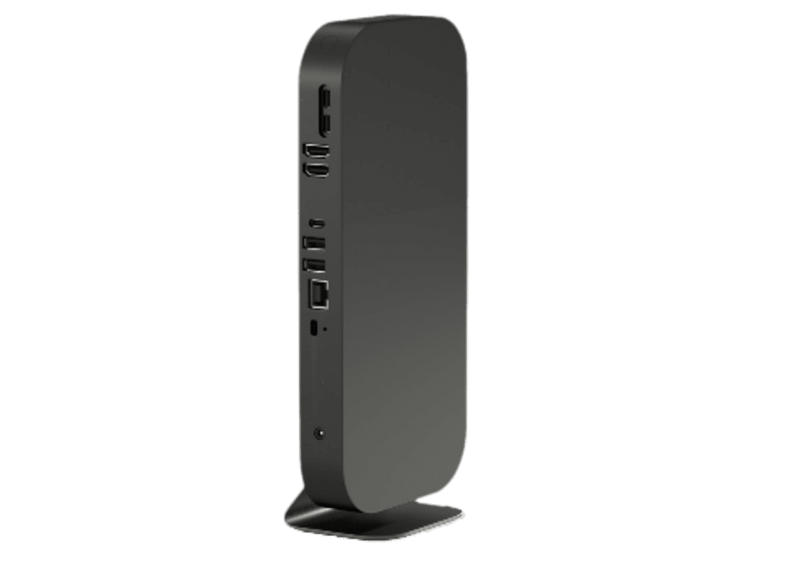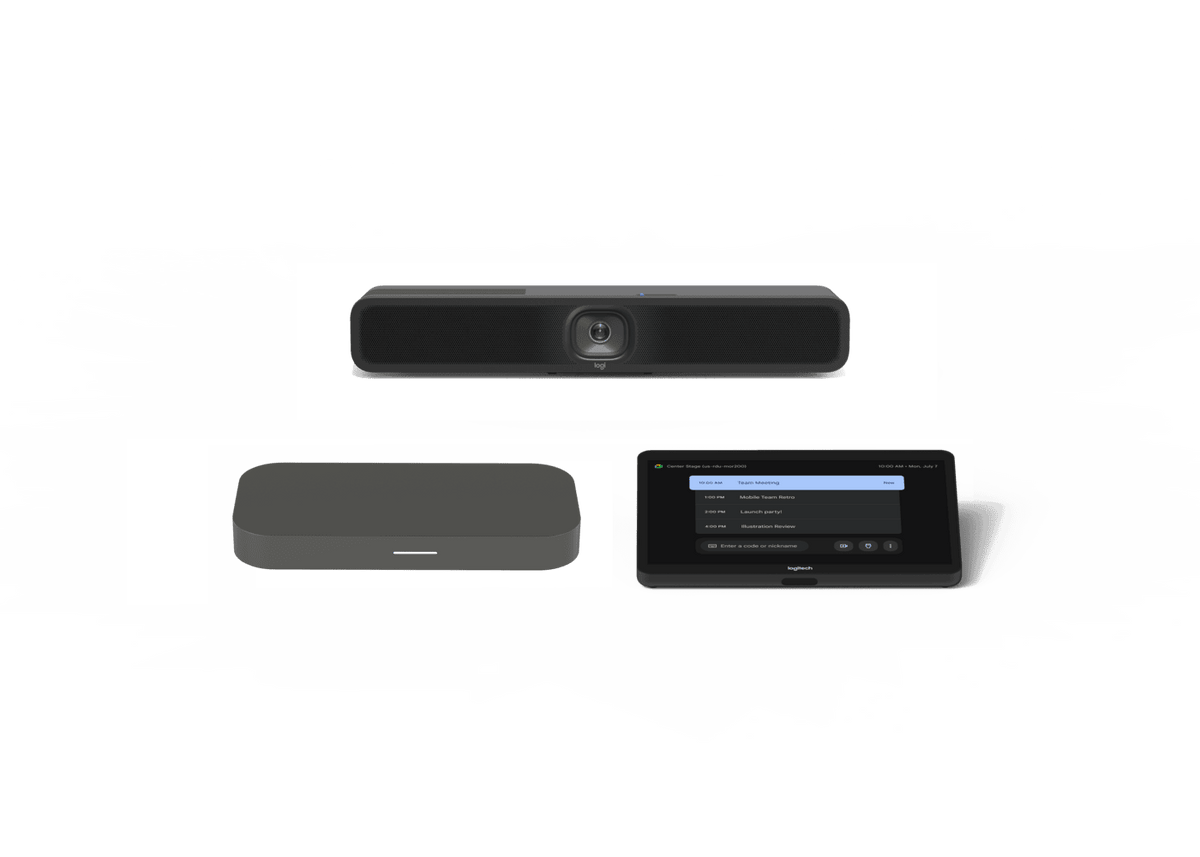CTL recently published a best practice handbook entitled "K-12 Technology Lifecycle Management." Below is an excerpt from the book focusing on planning and budgeting.
Successful technology integration begins with meticulous planning and realistic budgeting.
In creating this long-term financial plan, think through your anticipated technology lifecycle, accounting for not only the initial purchase but also ongoing maintenance, necessary upgrades, and eventual disposal.
Plan and Analyze Ahead
To realize the cost savings of a technology lifecycle management approach, a school or district can analyze its aging laptop fleet and map out a 5-year replacement plan, factoring in the cost of new devices, software licenses, and IT support.
Tool Tip: Download CTL’s Chromebook Refresh Planning Template
Here is a checklist of components to consider in your planning and budgeting process:
-
Conduct a comprehensive needs assessment aligned with the curriculum and strategic goals.
-
Develop a long-term budget forecast covering all lifecycle costs (e.g., acquisition, maintenance, upgrades, disposal).
-
Explore the financial pros and cons of various purchase strategies, including outright purchase or loans, or perhaps shifting to operational expenditure models (leasing or rentals).
-
Build in costs for extra equipment needed for summer school students, substitutes, or loaner devices.
-
Actively seek diverse funding sources (grants, E-rate, local state or city initiatives)
-
Consider using computing equipment trade-in options to offset new equipment costs. Technology lifecycle management companies like CTL offer ways to buy down the costs of new technology investments.
-
Create a visual technology roadmap outlining investments and replacements, including end-of-life plans.
- Understand the Total Cost of Ownership (TCO) for informed budget allocation across all stages.
Download your FREE eBook now and empower your school's tech future!
